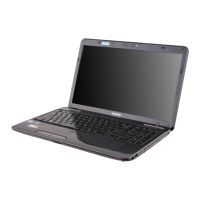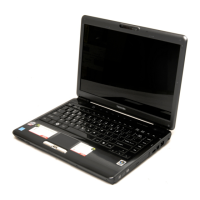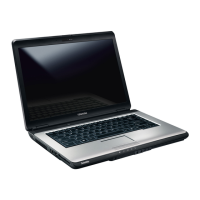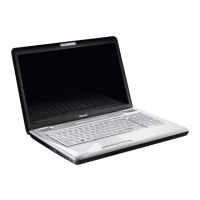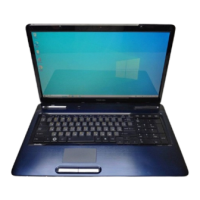
Do you have a question about the Toshiba Satellite L955 and is the answer not in the manual?
| Processor | Intel Core i3/i5/i7 |
|---|---|
| RAM | 4GB/6GB |
| Storage | 500GB/750GB HDD |
| Display | 15.6-inch |
| Resolution | 1366 x 768 |
| Graphics | Intel HD Graphics 4000 |
| Operating System | Windows 8 |
| Battery | 6-cell lithium-ion |
| Weight | 2.45 kg |
| Optical Drive | DVD SuperMulti drive |
| Ports | USB 2.0, USB 3.0, HDMI, VGA, Ethernet, headphone/microphone combo jack |
| Wireless | Wi-Fi 802.11 b/g/n |




